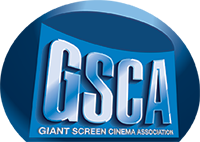08. Evaluate Files
Send files to sound department to evaluate and add possible recording requests. Sending the location sound effects to the sound designer, either through uploads to a cloud, or by shipping drives, will allow the sound designer to evaluate the recordings and suggest what additional recordings might be needed, as well as to determine if any of the files are corrupt and need to be re-recorded while the crew is still in the field. Forward to 9. Timecoded Sync Audio files Sent to Offline Sync Rushes [...]
